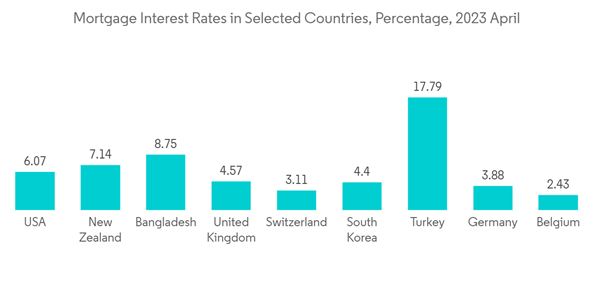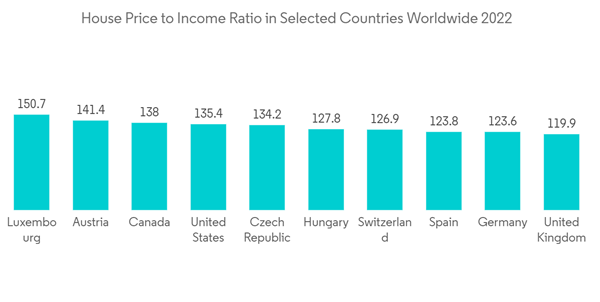Non-banking financial institutions and specialized mortgage lenders also participate in the home loan market. These lenders often focus solely on mortgage lending and may offer more specialized loan products. In many countries, government-sponsored enterprises or agencies facilitate home loan financing. Examples include Fannie Mae and Freddie Mac in the United States.
With the rise of financial technology, online lenders have emerged as alternative sources of home loans. These digital platforms provide convenient and often streamlined application processes. Changes in interest rates significantly impact the home loan market. Lower interest rates tend to stimulate borrowing activity, while higher rates can discourage borrowing. Economic factors such as employment rates, inflation, and GDP growth affect the overall demand for home loans. A robust economy with stable employment often increases demand for housing and home loans.
Government policies and regulations related to the housing market, mortgage lending, and interest rates can significantly impact the global home loan market. Policies aimed at promoting homeownership or regulating lending practices can influence market dynamics. The state of the real estate market, including property prices and housing supply, plays a crucial role in the home loan market. Market conditions can affect affordability and borrower demand.
The COVID-19 pandemic created substantial market volatility and uncertainty. Housing markets experienced fluctuations, with varying impacts depending on local conditions. Some regions witnessed a slowdown in home sales and construction activity, while others experienced increased demand for housing due to changing work-from-home dynamics.
Home Loan Market Trends
Turkey has the Highest Mortgage Interest Rate
Turkey had the highest mortgage interest rates, which would have significant implications for the home loan market and the overall real estate sector in the country. state-owned banks have dominated the housing finance market in Turkey. Mortgage interest rates and house prices are undoubtedly significantly essential elements of any housing market and driving housing demand and supply factors. Due to sharp increases in raw materials globally and also supply problems, the construction sector slowed down while prices increased dramatically. Mortgage interest rates in Turkey are average four times higher than those in the US, which is the leading country in terms of its primary and secondary mortgage market sizes globally. On the other hand, the mortgage market share in GDP is too low in Turkey compared to other countries with well-developed mortgage systems.House Prices grew Faster than Incomes in Most of the Countries.
Rapid urbanization and population growth in certain areas have increased the demand for housing. This increased demand, coupled with limited land availability and regulatory constraints, lead to higher prices. Persistently low-interest rates in many countries have made borrowing more affordable, increasing demand for housing. This increased demand can drive up prices, especially in areas with limited supply. Real estate is often seen as an attractive investment option, leading to increased investment and speculation in the housing market. This can drive up prices, particularly in popular or desirable locations. Government policies and regulations related to zoning, land use, construction permits, and taxation can impact housing supply and affordability. In some cases, these policies may contribute to the rising prices relative to incomes.Home Loan Industry Overview
The Global home loan market is highly competitive, with numerous players vying for market share. The competitive landscape of the market is influenced by various factors, including the size and financial strength of the institutions, their market presence, product offerings, customer service, and technological capabilities. Market participants continually strive to differentiate themselves by offering competitive interest rates, flexible terms, efficient processes, and personalized customer experiences. A complete background analysis of the Home Loan Market, which includes an assessment of the economy, market overview, market size estimation for key segments, emerging trends in the market, market dynamics, and key company profiles are covered in the report. Home Loan Market is offered by top companies such as Bank of America Corporation, Charles Schwab & Co., Citigroup, Inc., Dewan Housing Finance Corporation Limited, Goldman Sachs (Marcus), HSBC Group, JPMorgan Chase & Co., LIC Housing Finance Limited, Morgan Stanley, Wells Fargo & Co.Additional Benefits:
- The market estimate (ME) sheet in Excel format
- 3 months of analyst support
This product will be delivered within 2 business days.










